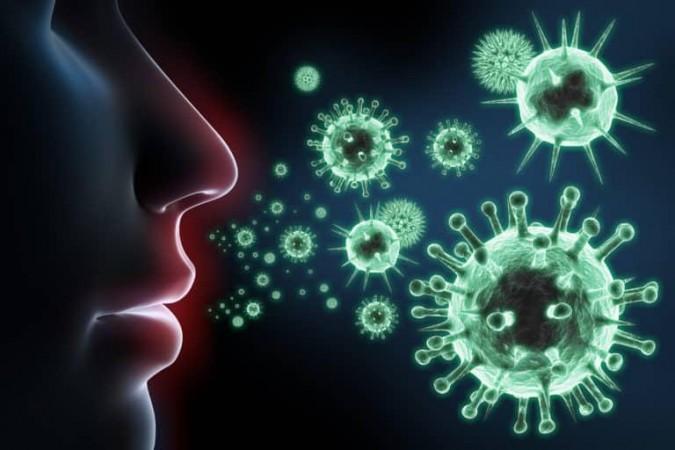Not that the nation needed a Diwali dampener, but reports of new Omicron variants have once again sparked fresh concerns and brought back the days of conversations on Coronavirus. Omicron's sub-variants called BA.5.1.7 and BF.7, believed to be highly transmissible, and spreading fast across the rest of the world, have been detected in India as well. The variants, also named Omicron Spawn, originally emerged from a region of Mongolia in China.

The sub-variants have already sparked fresh waves of COVID infections in countries like China, USA and have also spread to the US, Australia, Belgium and now, India. Last week, China imposed fresh lockdowns and travel restrictions amid surging Covid cases, in the wake of new variants BF.7 and BA.5.1.7.
What we know, so far
The first case in India has been detected by Gujarat Biotechnology Research Centre, with reports that it is able to escape immunity from previous infectious and vaccines. Unfortunately, it does a better job of dodging immunity than its previous variants. Which makes the next three weeks, critical for public health and safety.

The symptoms, pretty much, remain the same even for this variant, which is a runny nose, sore throat, cough, congestion, fatigue and fever. Although the severity and sequence of symptoms, again, may vary from person to person.
As per the data provided by a COVID data repository cov-lineages.org, by last month's end, Denmark, Germany and France recorded 10 per cent each of the global caseload of this variant. The presence of BF.7 has already spiked alarmingly enough in the USA too. However, we don't know as yet how the variant plays out in India.
Is there a cause for concern?
With the festival season ahead and festive spirit right here, it is possible that variant might spread far and wide. With the easing of lockdown restrictions, masks a thing of the past at almost all public places, the highly transmissible variant could have fatal consequences for the nation. It was only last summer that India battled a devastating second wave.
BREAKING—White House COVID Coordinator @AshishKJha46 is now discussing COVID—highlighting there are new strains popping up, he says, including those that can “evade” existing treatments. ➡️Anyone paying attention knows the looming crisis. Please get the new bivalent #Booster! pic.twitter.com/ieMeXZLvpl
— Eric Feigl-Ding (@DrEricDing) October 11, 2022

















